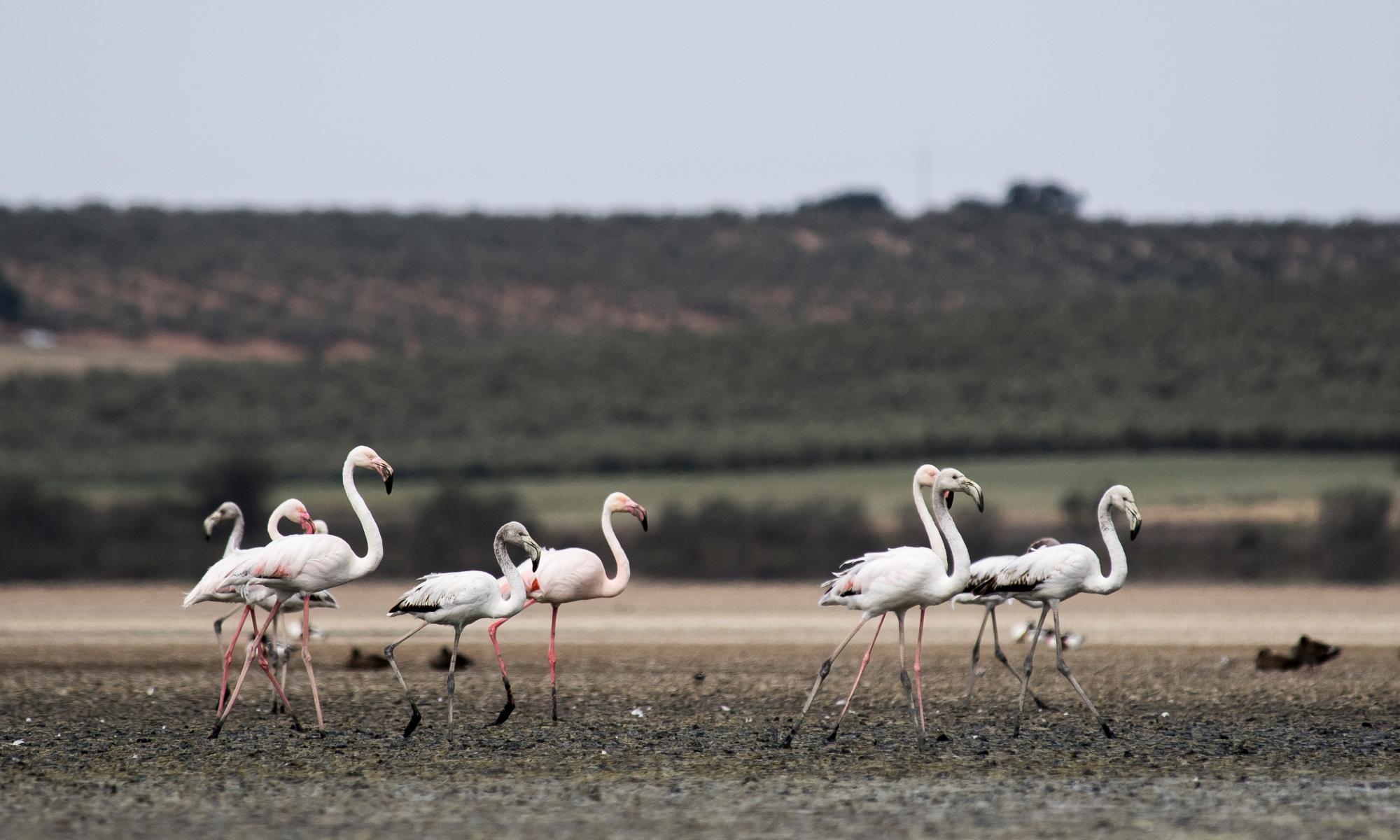There were still some streetlights on the Bund, one of the main roads in central Shanghai. But the decorative lights which light up the city skyline – blue, pink, and red – were turned off for two days to cope with the peaking power demand.
The power restriction imposed by the city authorities, was the first in Shanghai, the financial hub of China. But across the rest of the country similar restrictions have been put in place, as cities, notably in the south-western region, grapple with ongoing power shortages caused by devastating droughts this summer.

In Sichuan, a top-level energy emergency alert was issued to address the province’s power shortages, a first in the province’s history: the alert means that residents will be given priority for power supplies. Sichaun is known for its abundant hydro energy, which provides 80% of its power, and is a vital link in China’s extensive West-to-East Electricity Transfer Project.
But the area has been hit by record-breaking high temperatures, unseen in 60 years. With water in the region’s rivers dropping to historical lows, hydropower plants are only producing half the energy they were generating this time last year.
Sichuan had already imposed rolling blackouts across factories, and international companies have had to halt production, while the coal-fired plants are all at full stretch.
But even so, cities around Sichuan are struggling to meet surging power demands from residential communities, with people’s daily lives being heavily affected. In Dazhou, residents in one community complain that power supplies have been cut for 6-7 hours each day for nearly a week, leaving many flocking to a nearby bridge in the evening to beat the sweltering summer heat, according to Jiupai News.

Private business owners are also hit hard as power supplies are rationed among communities and shopping malls. In Chengdu, a restaurant owner complained on China’s equivalent of TikTok, Douyin, saying: “It’s getting extremely hard for us in the food and beverage industry this year. We barely made it through the Covid restrictions earlier this year and now we’re being hit by a power shortage.”
“We’ve been eagerly looking forward to July and August, which are usually the high season for us, but it all seems to be just a pipe dream now.”
The disruptions are being felt all over the country, with cross-regional business activities and supply chains being hit in various ways. The price of commodities such as silicon metal has risen due to the power restrictions, and there are growing concerns about a shortage of automobile parts in Shanghai for companies including the Shanghai Automotive Industry Corporation and Tesla.
Meanwhile, cities including Chongqing, Luzhou in Sichuan and Chishui in Guizhou, all in the greater southwestern part of China, are also battling forest fires caused by lack of rain and extreme heat.
In Chongqing alone, between 18 and 21 August, at least five forest fires have been reported in districts including Jiangjin, Dazu, Tongliang, Ba’nan and Nanchuan, adding more woes to the already-strained government.

The droughts have also been causing problems for farmers, with a shortage of drinking water among nearly 200,000 livestocks across farms in Sichuan. About 433,000 hectares (1,069,966 acres) of crops have been affected by the water shortages, with the resulting direct economic loss amounting to 3.5bn yuan, according to data released by Sichuan’s emergency management authorities.
Like China, countries in the northern hemisphere are experiencing unprecedented heatwaves and droughts this year, which reminds the world once again the stark reality of climate change.
Riding the tides of the current crisis, calls for more awareness of this immense global challenge are rising on Chinese social media. On Twitter-like social media platform Weibo, one hashtag going as “Help Earth Reduce 1°C”, which was initiated by the Chinese NEV giant BYD, has gained more than 120m views.
In its description, the company calls upon the public to pay more attention to global warming. The hashtag has since been reposted by state-run-media accounts including The People’s Daily and Xinhua news agency.

Others warn that extreme weather is likely to remain a commonplace occurrence in the near future, calling for concerted efforts across industries in order to cope with it effectively.
“Around the globe, extreme weather with high and even super-high temperatures will likely occur frequently in the coming decade or for a longer period of time in the future. Judging by the situation this year, I don’t think people have got the full picture of how big an impact such weather can have on our production activities and our lives.” Xu Xiaofeng, former deputy director of the China Meteorological Administration, said in an interview with National Business Daily.
“Only by strengthening coordination among various industries and deepening our knowledge about climate change can we come up with effective coping measures.”
Yet, with Sichuan setting an example of resorting to coal-fired power as an immediate solution amid the current power crisis, it remains to be seen how China will strike a balance between ensuring normal use of power and reaching its carbon neutral goal by 2060.


